Congenital Muscular Dystrophy (CMD) refers to a group of inherited neuromuscular disorders that are present from birth or early infancy. CMD affects muscle development and function, leading to muscle weakness, mobility issues, and, in more severe cases, respiratory or cardiac complications. Since CMD encompasses multiple forms of muscular dystrophy, its symptoms and progression can vary widely, but all forms result in muscle wasting and weakness.
The Genetics Behind CMD
CMD is caused by mutations in specific genes responsible for producing proteins vital for muscle function and structure. These genetic mutations lead to either the absence or abnormal functioning of crucial muscle proteins, causing the muscles to become fragile and progressively weaker. CMD is typically inherited in an autosomal recessive pattern, meaning that both parents must carry and pass on the defective gene for the condition to manifest in their child.
Different types of CMD are distinguished based on the specific gene mutation involved and the muscle proteins affected. Some common types include:
- Merosin-deficient CMD (MDC1A): Caused by a lack of merosin, a protein crucial for muscle integrity.
- Collagen VI-related CMD: Affects connective tissues that support muscles, leading to joint contractures and respiratory problems.
- Laminin alpha-2 deficiency: A common cause of CMD leading to severe muscle weakness, motor delays, and scoliosis.
- Dystroglycanopathies: Involves a group of CMDs caused by abnormal glycosylation of dystroglycan, a protein that helps maintain muscle structure.
Onset and Diagnosis
The symptoms of CMD usually manifest at birth or during the first few months of life. These can include:
- Hypotonia (floppiness): Babies with CMD often exhibit weak muscle tone, making them appear floppy or limp.
- Delayed motor milestones: Infants may experience delayed motor development, such as late onset of crawling, walking, or sitting.
- Feeding difficulties: Muscle weakness in the face and throat can cause problems with feeding and swallowing in early infancy.
- Respiratory issues: In more severe cases, breathing problems may arise due to weakened respiratory muscles, requiring ventilatory support.
Diagnosis often involves genetic testing, muscle biopsies, electromyography (EMG), and sometimes MRI scans of the muscles to identify the specific form of CMD. Blood tests for elevated creatine kinase (CK) levels may also indicate muscle damage.
CMD’s Progression and Symptoms
CMD is characterized by progressive muscle weakness, meaning the condition worsens over time. However, the rate of progression varies based on the type and severity of the disorder. Some individuals with CMD maintain relatively stable muscle function for many years, while others may experience rapid muscle deterioration.
Common Symptoms of CMD Include:
-
Muscle Weakness and Atrophy: Muscle weakness is the hallmark of CMD. Over time, muscles begin to waste away (atrophy), making physical activities, mobility, and everyday tasks progressively harder.
-
Joint Contractures: Joint contractures (stiffness and tightening) often occur in CMD patients, limiting the range of motion in the joints, particularly in the ankles, knees, elbows, and hips. These contractures can affect mobility, posture, and balance.
-
Scoliosis: Many CMD patients develop scoliosis, a curvature of the spine, which can progress and contribute to respiratory difficulties. Scoliosis is more prevalent in patients with severe muscle weakness and can require bracing or surgical intervention in some cases.
-
Respiratory Problems: As CMD progresses, respiratory muscles may weaken, leading to reduced lung capacity and difficulties in breathing, especially during sleep (sleep apnea). In severe cases, this may necessitate mechanical ventilation or respiratory therapies to maintain adequate lung function.
-
Cardiac Complications: Some types of CMD affect heart muscles, leading to cardiomyopathy (weakness of the heart muscle), which can result in heart failure or arrhythmias. Regular cardiac monitoring is essential for managing these complications.
-
Cognitive Impairments: While most forms of CMD do not affect intellectual ability, certain types, such as those involving dystroglycanopathies, can cause cognitive impairments and developmental delays due to abnormal brain development.
Variability in CMD Types
CMD is not a singular condition but encompasses several distinct forms with varying levels of severity and prognosis. For example:
- Merosin-Deficient CMD (MDC1A): Infants with MDC1A experience severe muscle weakness from birth, often with delayed motor milestones, and many are unable to walk. Respiratory complications and scoliosis are common in this type.
- Ullrich Congenital Muscular Dystrophy: This type typically involves muscle weakness, joint laxity (loose joints), and contractures in the hands and feet. Respiratory problems and scoliosis develop later in life, but children often maintain some mobility.
- Bethlem Myopathy: A milder form of CMD, characterized by early-onset muscle weakness and joint contractures, with individuals usually able to walk well into adulthood, though they may experience significant limitations in mobility as they age.
Life Expectancy and Prognosis
The life expectancy for individuals with CMD can vary depending on the type and severity of the condition. Some forms, especially those with significant respiratory or cardiac involvement, may reduce life expectancy, while others allow for a near-normal lifespan with appropriate care. Supportive treatments, including physiotherapy, respiratory care, and assistive devices, play an essential role in prolonging mobility, reducing complications, and enhancing the quality of life.
Managing CMD: The Role of Multidisciplinary Care
There is no cure for CMD, but a multidisciplinary care team that includes neurologists, cardiologists, respiratory therapists, and physiotherapists is essential in managing the condition and improving patient outcomes. At Urban Sports & Rehab Centre, physiotherapy is a key element in maintaining physical function, minimizing complications, and promoting independence. Together with other healthcare professionals, our team works to provide comprehensive, personalized care for CMD patients, focusing on improving muscle function, preventing contractures, and ensuring respiratory health.
Through early intervention, consistent monitoring, and ongoing physiotherapy, CMD patients can manage symptoms and maintain independence, helping them live fuller and more active lives.
Understanding CMD and Its Impact
CMD presents unique challenges based on its early onset and progressive nature. Children diagnosed with CMD often face delays in reaching motor milestones, such as crawling, walking, and standing. In more severe cases, respiratory and cardiac functions can also be compromised. Over time, affected individuals may lose mobility, increasing their dependence on caregivers and assistive devices.
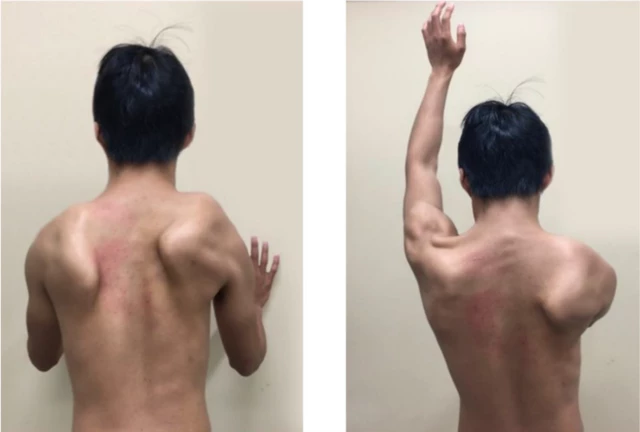 Key Challenges CMD Patients Face:
Key Challenges CMD Patients Face:
- Muscle weakness and atrophy
- Joint contractures and deformities
- Respiratory issues due to weakened diaphragm muscles
- Scoliosis and other skeletal deformities
- Difficulty with daily tasks, mobility, and self-care
With early intervention and ongoing support, physiotherapy at
Urban Sports & Rehab Centre can significantly slow the progression of these challenges.
The Comprehensive Role of Physiotherapy
Physiotherapy for CMD patients at
Urban Sports & Rehab Centre goes beyond conventional exercise routines. It's about building customized, long-term strategies to maintain functional independence for as long as possible. Here are some ways physiotherapy contributes to CMD care:
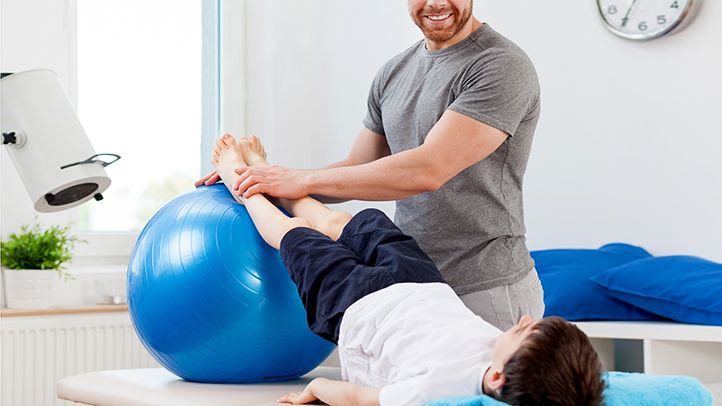
- Strengthening Programs:
- CMD leads to progressive muscle weakness. A tailored strength-training program at Urban Sports & Rehab Centre aims to preserve muscle mass and delay atrophy. This involves low-impact exercises designed to avoid muscle fatigue while targeting key muscle groups that support mobility and posture.
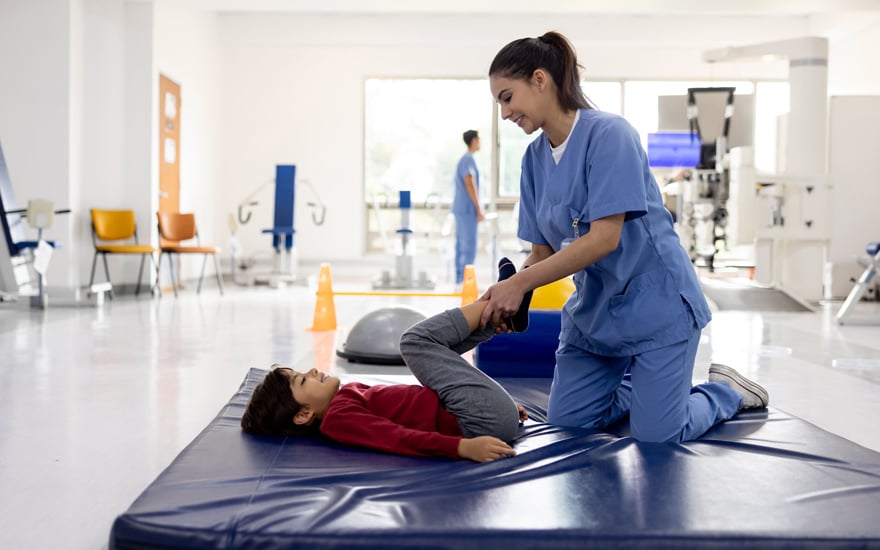
- Range of Motion (ROM) and Flexibility:
- Regular ROM exercises are crucial for CMD patients as they help prevent joint stiffness, contractures, and deformities. Physiotherapists at Urban Sports & Rehab Centre use passive stretching techniques to keep muscles and tendons flexible, especially in children where growth spurts can exacerbate contractures.
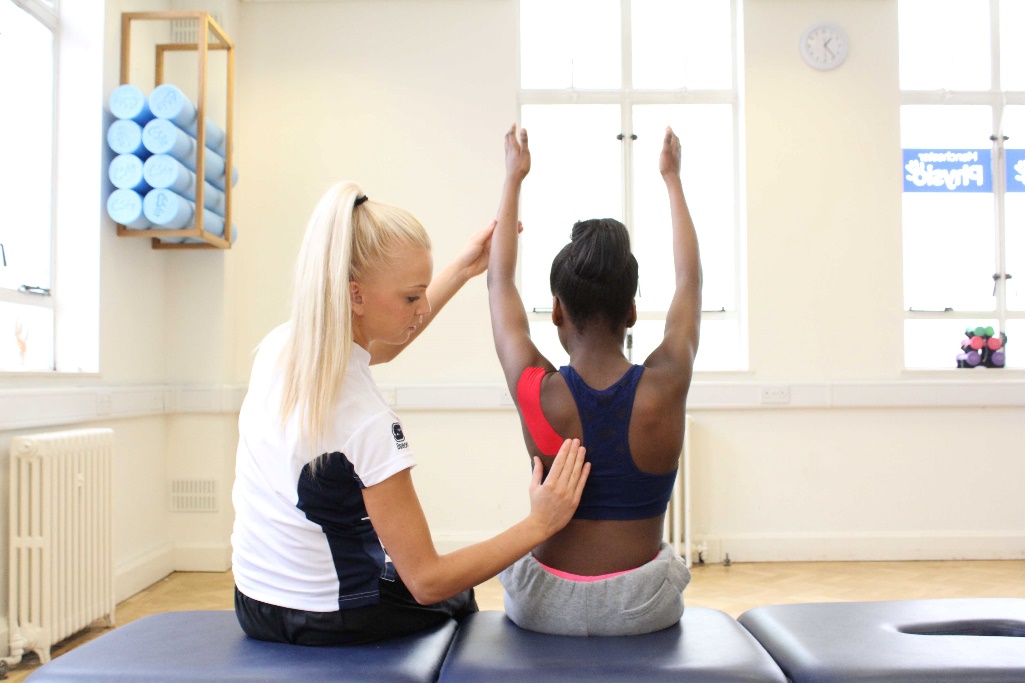
- Posture and Scoliosis Management:
- CMD patients are prone to developing scoliosis. At Urban Sports & Rehab Centre, physiotherapy includes posture correction techniques, spinal strengthening exercises, and the use of supportive braces to prevent further spinal deformities.
- Respiratory Therapy:
- Respiratory muscle weakness is a common complication in CMD, leading to breathing difficulties. Physiotherapists at Urban Sports & Rehab Centre introduce breathing exercises and lung expansion techniques to enhance respiratory capacity and minimize the risk of lung infections. These exercises are coordinated with other healthcare providers.
- Functional Movement and Mobility Training:
- As muscle weakness progresses, CMD patients may require mobility aids such as wheelchairs or walkers. Physiotherapy at Urban Sports & Rehab Centre plays a critical role in mobility training, teaching patients how to use these devices safely and efficiently while optimizing their remaining strength.
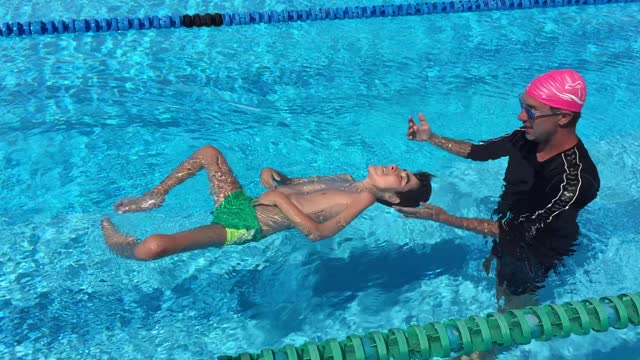
- Hydrotherapy:
- One of the most effective therapies for CMD patients is hydrotherapy. Urban Sports & Rehab Centre offers hydrotherapy sessions where the buoyancy of water reduces the strain on muscles and joints, allowing patients to perform movements that may be difficult on land. It helps improve cardiovascular fitness, joint flexibility, and overall muscle strength with a reduced risk of injury.
- Balance and Coordination:
- CMD patients often have poor balance due to muscle weakness, leading to falls. Physiotherapists at Urban Sports & Rehab Centre work on balance retraining exercises and coordination drills to improve stability, reduce falls, and enhance confidence in movement.
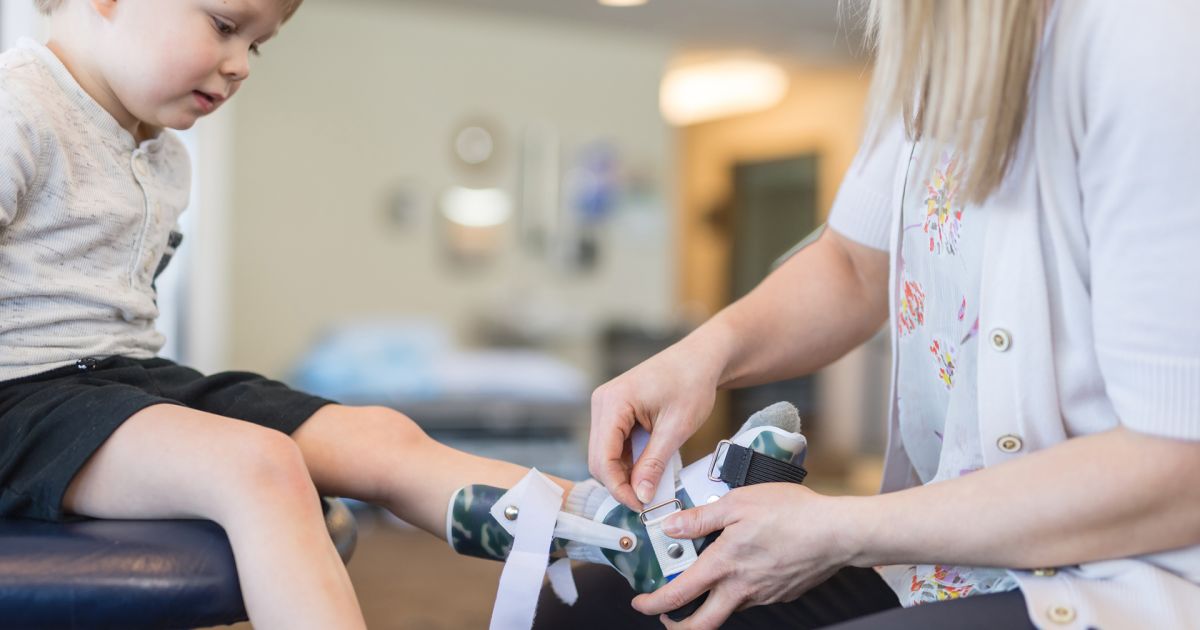
- Assistive Devices and Ergonomic Solutions:
- As CMD progresses, assistive technologies such as orthotics, braces, or adapted wheelchairs may be required. Urban Sports & Rehab Centre ensures that patients and their families receive expert advice on the most appropriate equipment, as well as training in its use to promote ease of movement and prevent further strain on muscles and joints.
- Pain Management:
- Pain can arise from joint contractures, scoliosis, or muscle fatigue. Physiotherapists at Urban Sports & Rehab Centre introduce manual therapy techniques such as massage or myofascial release, along with modalities like heat therapy, to alleviate discomfort and improve muscle function.
The Long-Term Benefits of Physiotherapy
Physiotherapy for CMD is a lifelong commitment. While CMD is progressive, regular physiotherapy at
Urban Sports & Rehab Centre can:
- Slow the rate of muscle degeneration
- Improve cardiovascular health
- Prevent secondary complications like joint contractures and scoliosis
- Enhance independence and self-sufficiency
- Boost emotional well-being and confidence in everyday activities
At Urban Sports & Rehab Centre, our team adopts a multidisciplinary approach, working with neurologists, orthopedists, and respiratory specialists to create a holistic care plan. The goal is not just to treat CMD symptoms but to support physical, emotional, and social well-being for both the patient and their family.
Personalized CMD Physiotherapy at Urban Sports & Rehab Centre
Every CMD patient is different, and so are their needs. Urban Sports & Rehab Centre's customized physiotherapy programs are designed to meet the specific challenges faced by each individual. Their physiotherapists use evidence-based methods to promote muscle strength, reduce complications, and enhance the overall quality of life.
Urban Sports & Rehab Centre believes in empowering both patients and caregivers by offering education, support, and guidance throughout the physiotherapy process. This ensures that patients can maintain as much independence as possible, for as long as possible.
Conclusion
Physiotherapy is indispensable in managing congenital muscular dystrophy, with its ability to restore strength, improve mobility, and promote independence. By partnering with experienced professionals at Urban Sports & Rehab Centre, CMD patients can receive the individualized care they need to maintain a better quality of life.
If you or a loved one is living with CMD, contact Urban Sports & Rehab Centre to learn how our expert physiotherapists can support your journey towards better strength, mobility, and independence.
#CongenitalMuscularDystrophyCare #PhysiotherapyForCMD #MuscularDystrophySupport #UrbanSportsRehabJB #CMDRehabilitation #MuscleStrengtheningJB







 Indonesia
Indonesia